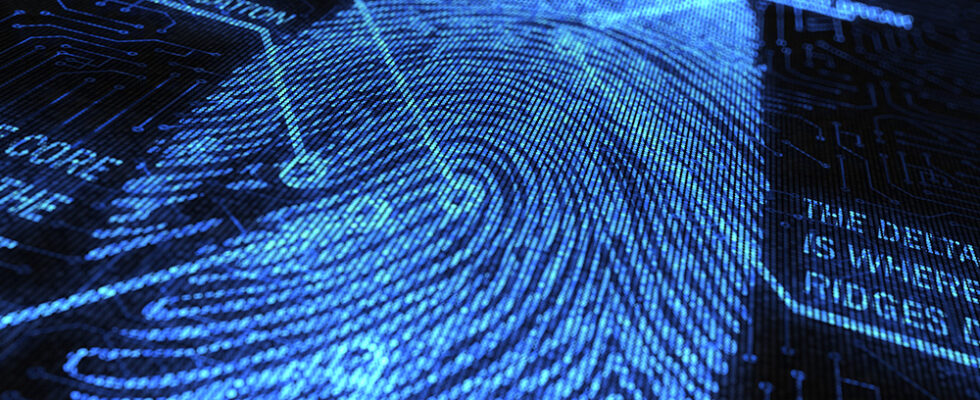According to a report by the Federal Bureau of Investigation, there is an increase in homicide rates from 2020 to 2021. Although the report mentioned that there is a 1% decline in overall violent crime, it is still an alarming number. In order to help solve these crimes and bring the perpetrator to justice, police officers have turned to technology.
Technology has revolutionized crime investigation and has made it easier for police officers to solve crimes. That is why, in this article, we will be discussing how technology has changed the landscape of crime investigation. We will also explore the challenges that police officers face when investigating crimes.
How has technology changed crime investigation over the years?
In the past, police officers had to rely on eyewitness testimony and investigation techniques that were often inaccurate. However, thanks to advances in technology, police officers are now able to use investigation software to recreate crime scenes and determine what happened during a crime. This has helped to improve the accuracy of eyewitness testimony.
Another way that technology has changed crime investigation is by helping to speed up the process. In the past, it could take weeks or even months to solve a crime. However, with the help of technology, police officers are now able to solve crimes much more quickly. This is because they have access to databases that contain information about criminals and their whereabouts.
The use of technology has also helped to improve the accuracy of DNA evidence. In the past, DNA evidence was often inconclusive. However, thanks to advances in technology, DNA evidence can now be used to identify criminals with a high degree of accuracy.
In addition, technology has also helped to improve the quality of CCTV footage. In the past, CCTV footage was often grainy and difficult to see. But because of advances in technology, CCTV footage is now much clearer. This has helped to solve many crimes that would otherwise have gone unsolved.
Drones are also being used more and more to help investigate crimes. Drones can be used to take pictures or videos of crime scenes from a bird’s eye view. This helps police officers to get a better understanding of what happened during a crime.
What are the challenges that police officers face when investigating crimes?
Although technology has made it easier for police officers to investigate crimes, there are still some challenges that they face. Here are some of the challenges that police officers face when investigating crimes:
- Lack of manpower– One of the biggest challenges that police officers face is a lack of manpower. This is because there are not enough police officers to investigate all of the crimes that are being committed. This often leads to a backlog of cases that need to be investigated.
- Lack of resources– Another challenge that police officers face is a lack of resources. This includes things like investigation software and DNA testing kits. If a police department does not have enough resources, it can often take longer to solve a crime.
- Limited investigation time– One of the biggest challenges that police officers face is the limited amount of time that they have to investigate a crime. This is because police officers have to investigate other crimes as well. This often leaves them with very little time to investigate a single crime.
- Inaccurate eyewitness testimony– One of the biggest challenges that police officers face is inaccurate eyewitness testimony. This is because people often forget what they saw or they may not have seen the crime at all.
- Difficult investigation techniques– Another challenge that police officers face is difficult investigation techniques. This includes things like trying to recreate a crime scene or trying to determine what happened during a crime.
Despite these challenges, police officers are still able to use technology to help them solve crimes
The Future of Technology in Crime Investigation
The future of technology in crime investigation is likely to involve more sophisticated investigation software and DNA testing kits. More police officers are also likely to be trained in how to use these technologies. This will help to improve the accuracy of eyewitness testimony and DNA evidence. In addition, more police officers are likely to be equipped with body-worn cameras. This will help to provide more accurate footage of crimes.


